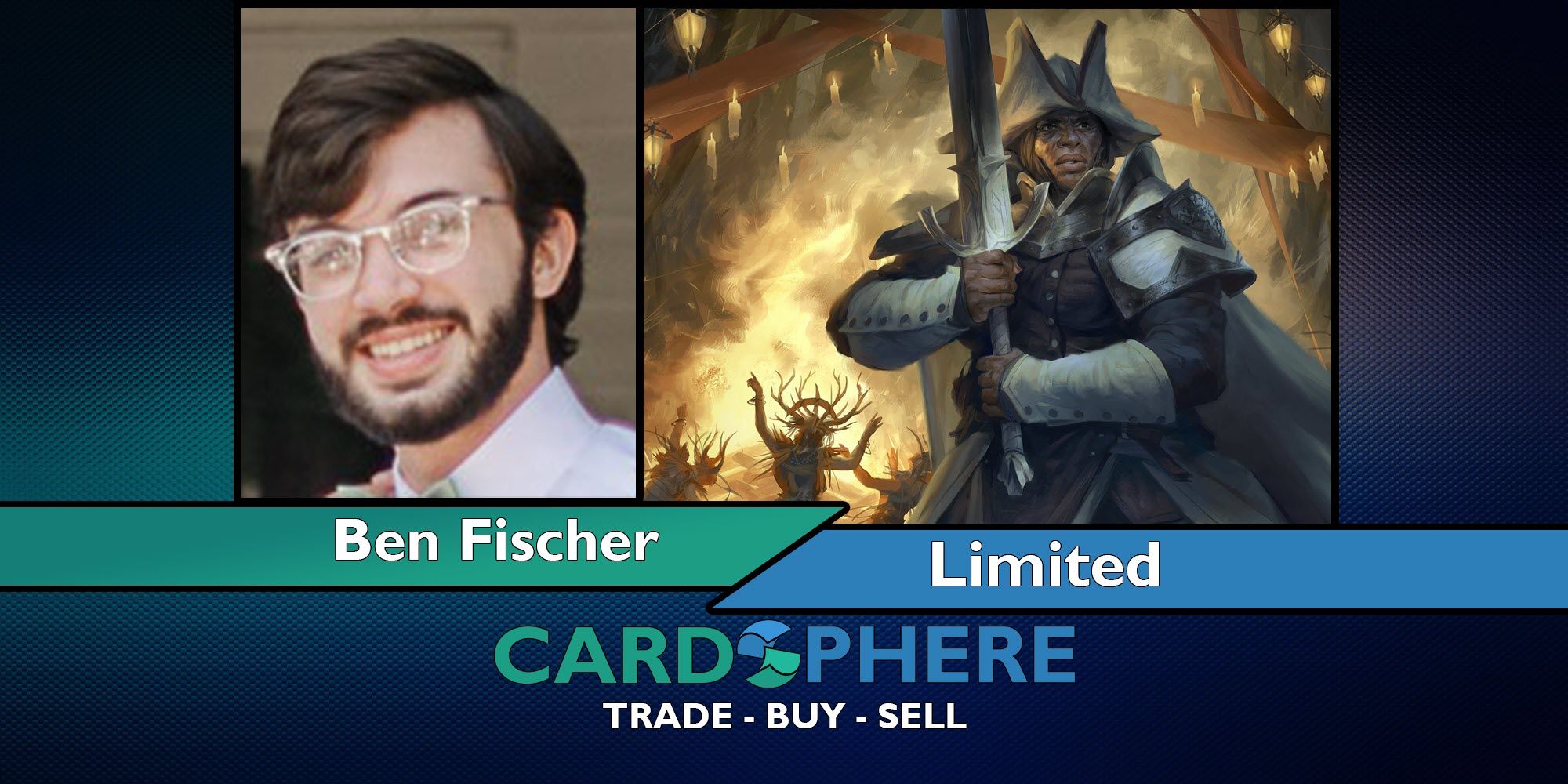Amassing Value

Bad news for Frodo and Company- the armies of Mordor are stronger than expected. Amass is an easy way to trophy your next Lord of the Rings draft.
Trust me, I would know! At the time of writing, I’m tied for the most best-of-three trophies on the 17Lands leaderboard. I’ve really enjoyed drafting this set. It definitely does Lord of the Rings justice with awesome legends and some fantastic artwork, but what really stands out is the number of important and interesting decisions involved in both drafting and gameplay. In this set more than most, it really is true- we need to carefully decide “what to do with the time that is given us.”

The set only has one unfortunate “flavor fail.” Contrary to the plot of the books, the good people of the Shrie are no match for the might of Mordor. In fact, I’d take a deck full of Orcs and Goblins over a deck full of Hobbits every time. We’re a few weeks into the format, and the data is in. Black and red sit on top, followed by blue and white, and followed by a very distant green. The set’s main vectors follow the same pattern- amass decks feel great, while food decks are nearly unplayable. A tight scry deck can still do work, and it falls somewhere in the middle, right above the draw-2 vector (which has been unimpressive). The temptations of the ring show up in all colors, but it just so happens that black and red have some strong removal spells with tempts stapled on for free, such as Claim the Precious and Ranger’s Firebrand.
Amass is the reason that red and black decks (and, to a lesser extent, blue decks) are overperforming. Some magic players have described this set as “feeling like the old days of limited.” I believe they are referring to the lack of efficient creatures that produce card advantage as part of their enters-the-battlefield effects. Creatures in this set seem to be smaller and less individually impactful than usual. In terms of vector theory, creatures contribute about 60% of what they would towards their vector in any other set. This means draft feels like it did before some of the common and uncommon power creep of the last decade. Because of this, old-school limited knowledge shines, and the classic 2-for-1 reigns supreme.

I’ve found that, with a deck full of a normal mix of creatures and removal, an easy way to win the game is to simply draw more cards than your opponent. Boards often develop into both players with 7ish lands, a few tiny creatures, 10ish life apiece, and no cards in hand. Both players are waiting for something off the top of their library to set them far ahead. Nothing feels more brutal in that scenario than seeing your opponent topdeck a Lorien Revealed. Other card draw like Arwen’s Gift and The Bath Song perform equally well, and are all putting up solid numbers according to 17Lands.

This works well for blue decks, but there is an even more efficient form of card advantage hidden in plain sight (not unlike The One Ring was, for a period of time). Cards with amass give you the opportunity to create and grow an Orc Army, but smart usage of your Army token can allow you to 2-for-1 your opponent repeatedly. Consider these two extreme cases:
Case 1: You amass onto the same Army with multiple cards, turn after turn. Eventually, your opponent uses a single removal spell on it.
Case 2: You amass 2, then trade your Army with your opponent’s 2/2. Then you amass 3, and trade with your opponent’s 3/2. Then you amass 1, and trade with your opponent’s 2/1.
In which scenario did you gain more value from your Army? The answer is clearly #2. When playing a midrange/control deck in this format, this is the usage I recommend tending towards. This allows you to make blocks against assertive decks that result in your opponent losing a full card, while you only lose about half a card. Make enough trades like this, and you end up whole cards ahead of your opponent. To set yourself up best for plays like this, time your amass cards carefully. Consider playing a card with amass post-combat, if you expect your Army to trade. Remember to sacrifice your Army to cards like Lash of the Balrog and Improvised Club before amassing, as the new creature body is worth closer to a card than a few counters on your old one.

Cards like The Torment of Gollum, Mordor Muster, and Dunland Crebain all work perfectly with this strategy. Eventually, you’ll find that once the dust has settled, you have 4 cards in hand, and your opponent has none. It’s usually not too hard to win from there!
For more inside information on the format, check out the most recent episode of the Draft Chaff Podcast. Let’s hunt some Orc!
